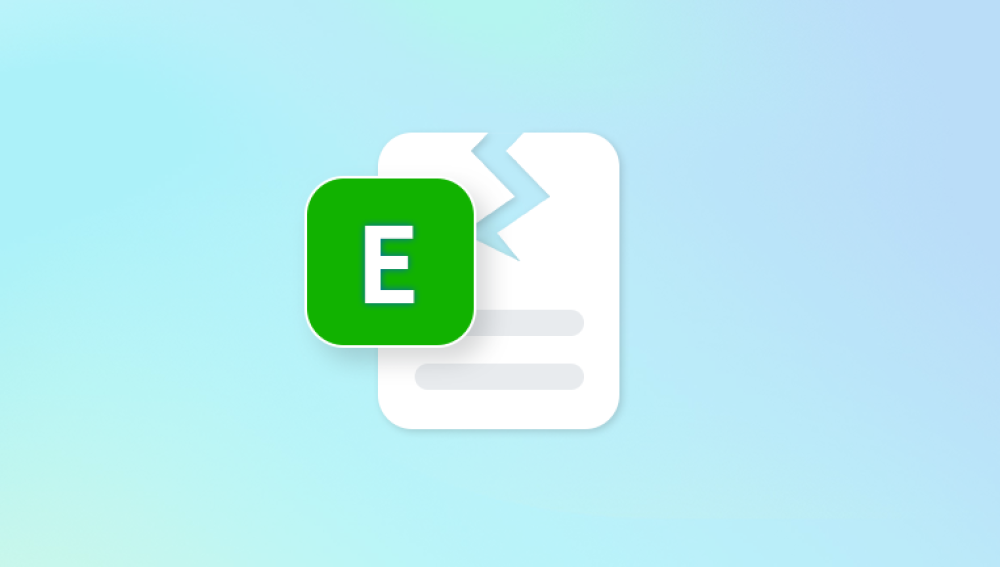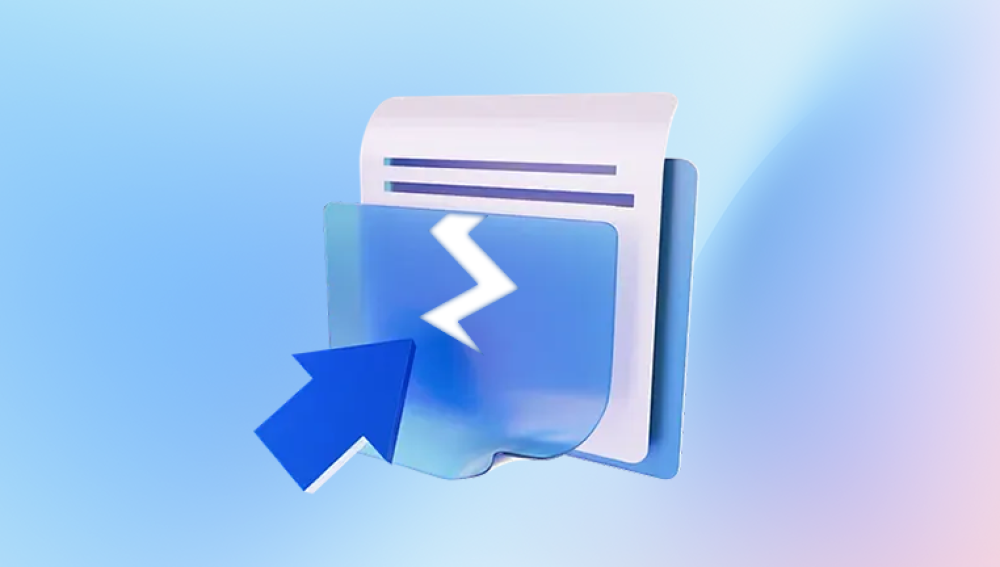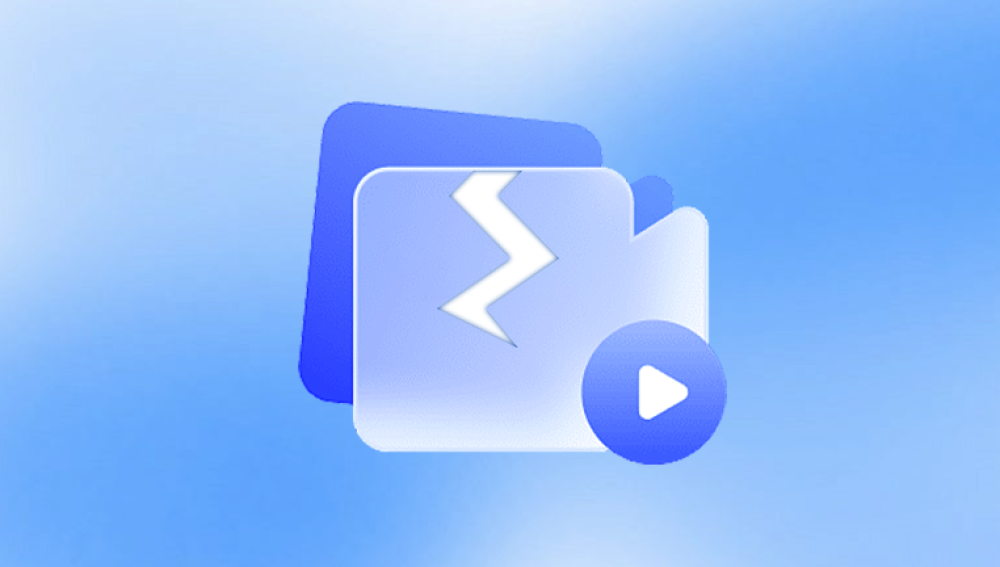Microsoft Word’s older .doc format, while widely used before Office 2007. is still supported and prevalent in many environments. Despite its robustness, .doc files can become corrupted, leaving documents unreadable or unusable. Whether you're working with reports, research papers, letters, or legal documents, lost formatting or content in a crucial .doc file can be a major setback.
.doc files use a binary format that includes embedded text, formatting codes, styles, and optional objects like charts or images. Corruption means some portion of this binary structure has become malformed due to incomplete writes, metadata errors, or misaligned file segments. Unlike .docx files (which use XML inside zipped packages), the .doc format is more brittle, making efficient recovery trickier but not impossible.
Common Causes of .doc File Corruption
Knowing what triggers corruption helps prevent future loss and choose the right recovery strategy:
Interrupted Save Operations: Power outages, application hangs, or freezing mid‑save can corrupt the file.
Hard Drive Errors: Bad sectors or file system problems on a hard disk or USB stick can damage document data.

Software Crashes: Unexpected Word crashes, operating system failures, or forced termination can leave .doc files malformed.
File Transfers or Upload/Download Errors: Incomplete copying, unreliable network transfers, or faulty email attachments may introduce corruption.
Virus or Malware Activity: Malicious actors sometimes intentionally corrupt or alter Office files.
Unsupported Add‑ins or Macros: Automated processes or plugins could modify the file incorrectly.
Large Document Size: Documents with many embedded objects, images, or tracked changes are more vulnerable.
Recognizing Symptoms of Corruption
Before repairing, check if the file is genuinely corrupted:
Word displays a message like: “Word experienced an error trying to open the file.”
Word prompts: “Word completed the file conversion, but has discarded some information.”
The document opens but displays unreadable characters, garbled text, or blank pages.
Word crashes consistently when opening a particular .doc file.
The file size suddenly drops (from megabytes to kilobytes), indicating data loss.
Embedded images or objects are missing or replaced with placeholder icons.
If you’ve tried to open the file multiple times with the same failure, proceed to repair techniques.
Step‑by‑Step Repair Methods
Method 1: Use Word’s Built‑in “Open and Repair”
Word includes a built‑in repair function that often resolves minor corruption.
Steps:
Open Microsoft Word.
Choose File > Open, or press Ctrl+O.
Navigate to the corrupted .doc file.
Click the file to select it.
Instead of clicking Open, click the dropdown arrow next to it.
Choose Open and Repair.
If Word can repair the internal structure, your document will open. Save immediately with a new name to preserve the repaired version.
Method 2: Recover Text Only (Plain‑Text Recovery)
If formatting is lost but content is essential, this method can recover raw text.
Steps:
In Word, go to File > Open.
Navigate to your corrupted .doc.
From the Files of type dropdown, choose Recover Text from Any File.
Select the file and click Open.
This may recover textual content while discarding tables, images, and formatting, but it can preserve the core message.
Method 3: Insert into a New Blank Document
Sometimes the rupture is limited and importing the file into a blank document works.
Steps:
Open a new, blank Word document.
Go to Insert > Text > Object > Text from File.
Select the corrupted .doc file.
Click Insert.
This approach attempts to bypass broken file headers and import intact content into the new document.
Method 4: Use Word’s XML Conversion (Hack Method)
While .doc is binary, there are legacy conversion pathways that can work:
Rename your .doc file to .txt.
Open it in Word—Word may recognize and attempt to convert raw data.
If the file contents appear, save them in a clean .doc or .docx file.
This low‑level trick can sometimes salvage readable content.
Method 5: Open with WordPad
Windows WordPad can sometimes open files that Word cannot.
Steps:
Right‑click the corrupted .doc file.
Choose Open with > WordPad.
If readable text appears, copy all content to a new Word document.
This method keeps text and basic formatting but may drop complex layout elements.
Method 6: Use Previous File Versions (Windows Backup)
If you had enabled File History or used versioning via cloud storage, a previous intact version may be available.
Steps:
In File Explorer, right‑click the corrupted file.
Choose Restore previous versions.
Select an earlier version and click Restore or Open to preview.
Cloud services like OneDrive or Dropbox also offer built‑in version history features for recovery.
Method 7: Use Google Docs or LibreOffice
Third‑party tools have different tolerance for corrupt structures:
Upload the .doc file to Google Drive.
Right‑click and choose Open with > Google Docs.
If it opens, review and download as .docx.
Alternatively, open the file in LibreOffice—OpenOffice suite sometimes ignores minor bit‑level corruption.
These tools can sometimes bypass subtle binary inconsistencies Word flags.
Method 8: Apply the /a Switch (AutoRecover Prompt)
Word’s AutoRecover may hold a temporary copy:
Use Windows + R to open the Run dialog.
Type:
bash
CopyEdit
winword.exe /a
Launches Word with minimal add‑ins and may trigger AutoRecover.
Once open, go to File > Info > Manage Versions, or recover unsaved files from Word’s recovery pane if available.
Method 9: Run CHKDSK to Fix Drive Errors
Corrupted files may be located in damaged portions of your storage drive.
Steps:
Open Command Prompt as administrator.
Run:
bash
CopyEdit
chkdsk X: /f /r /x
replacing X: with the drive letter of your file.
Follow prompts to schedule a scan and restart if needed.
Disk repair may resolve underlying errors affecting the file.
Method 10: Use a Reputable Third‑Party Recovery Tool
Panda Repair
A corrupted DOC file can spell disaster, especially when it contains crucial information like reports, contracts, or academic work. Common causes of DOC file corruption include sudden power failures, software crashes, virus infections, and improper file transfers. When Microsoft Word refuses to open a file or shows unreadable content, it's time to turn to a trusted solution Panda Repair.
Panda Repair is a specialized recovery tool designed to fix damaged DOC files safely, quickly, and with minimal effort. It scans your corrupted Word documents using intelligent algorithms that locate and repair broken data structures without altering the original formatting. Whether the corruption is partial or extensive, Panda Repair works diligently to restore your content, including text, images, tables, lists, headers, and footers.
One of the key advantages of Panda Repair is its simplicity. Users don’t need technical skills—just upload the corrupted DOC file, click “Repair,” and let the software handle the rest. After the process is complete, you can preview the recovered document and download it, ready for editing or printing.
Method 11: Restore from Backups or Email Attachments
If none of the above works and you sent the file by email or backed it up externally, use the previous copy.
Check Sent Items in your email for earlier attachments.
Look for external backups or network drive copies.
Use USB backups, archival storage, or backup software repositories.
These may contain intact versions you can fall back on.
Post‑Repair Steps: Review and Save
Once the file opens successfully:
Save it immediately with a new filename, to prevent overwrite with the corrupted version.
Review the document thoroughly—check headings, tables, images, footnotes, formatting, and macros (if applicable).
Reinsert missing images or objects manually if they didn’t transfer.
Save a copy in .docx format, which is more stable and easier to repair in the future.
Preventing Future .doc File Corruption
Prevention helps avoid the stress of recovery later. Adopt these practices:
Use AutoSave or AutoRecover
Enable AutoSave when using OneDrive.
Go to Word > Options > Save, enable AutoRecover and set a short interval (e.g. 5 minutes).
Enable “Keep last autosaved version if I close without saving.”
Backup and Version Control
Use OneDrive, Dropbox, or Google Drive with version history.
Maintain local backups to external drives or network storage.
Save working documents frequently and use incremental version filenames (like report_v2.doc).
Use Stable Storage and Proper Eject
Avoid storing .doc files on aging USB sticks or unreliable external media.
Always eject portable drives safely.
Monitor SSD and HDD health using SMART tools.
Keep Word and Add‑ins Updated
Install Office updates promptly.
Avoid untested or legacy add‑ins.
Use trusted macros and remove unnecessary plugins.
Avoid Sudden Shutdowns
Close Word before shutting down or restarting Windows.
Use an uninterruptible power supply (UPS) if working with important files during unstable power conditions.
Upgrade to .docx Format
When possible, convert .doc to .docx. The newer format is XML‑based, easier to repair, smaller in size, and more resilient.
What to Do If All Repair Options Fail
If your document remains inaccessible and none of the methods work:
Recreate from Backup or Draft
Use recovered text from previous methods as a basis to reconstruct the document.
Refer to email drafts, collaborator copies, or printed versions.
Consult IT Personnel or Data Recovery Services
For business‑critical or legal files, professional services may use forensic techniques to recover fragments.
IT support teams may have backups or server‑based recovery options.
Review Temporary and AutoRecover Directories
Check folders such as:
makefile
CopyEdit
C:\Users\\AppData\Local\Microsoft\Office\UnsavedFiles
Look for files with similar timestamps or names.
These may contain backups Word created internally.
Corrupt .doc files can be stressful, but most can be recovered using the right approach. Start with Word’s native recovery tools, then explore alternative methods like importing into a blank document, text recovery, or using Google Docs and LibreOffice. If necessary, leverage reliable third‑party tools designed for binary Word recovery.
Importantly, prevention is vital. Enable regular saving, maintain backups, store in stable media, and avoid sudden application or power interruptions. When working with legacy .doc files, consider upgrading to .docx for improved resilience.




